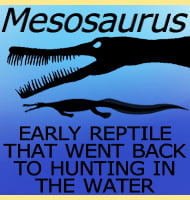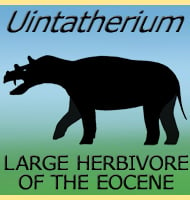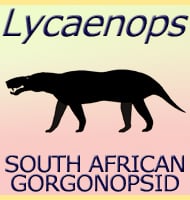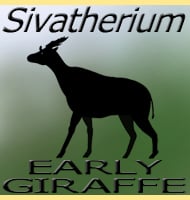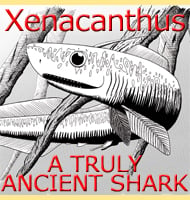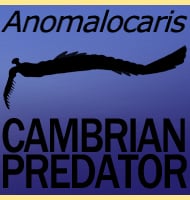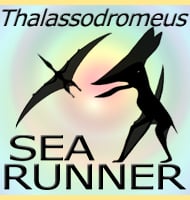In Depth
Smilosuchus was originally assigned as a large species of Leptosuchus and was classed as the species Leptosuchus gregorii. A key characteristic of the species was the pronounced nasal crest that supported the nostrils (the nostrils in phytosaurs were higher up the snout in front of the eyes, rather than on the end of the snout like those seen in crocodiles), and in 1995 the species was re-evaluated and considered to be distinct enough to separate it into its own genus. Thus the material became known as Smilosuchus gregorii, the gregorii part being taken from the original species classification which is standard procedure when creating a new genus from a previously established species. However since this has happened other palaeontologists have claimed that the fossil material now assigned as Smilosuchus is actually not different enough to treat it as a distinct. As such Smilosuchus faces an uncertain future at the time of writing, but future fossil discoveries may yet prove support for one theory over the other.
Further Reading
Further reading – Late Triassic (Carnian and Norian) tetrapods from the southwestern United States. – New Mexico Museum of Natural History and Science Bulletin 4:1-254. – R. A. Long & P. A. Murry – 1995. – A new taxon of phytosaur (Archosauria: Pseudosuchia) from the Late Triassic (Norian) Sonsela Member (Chinle Formation) in Arizona, and a critical reevaluation of Leptosuchus Case, 1922. – Palaeontology 53:997-1022. – M. R. Stocker – 2010.


